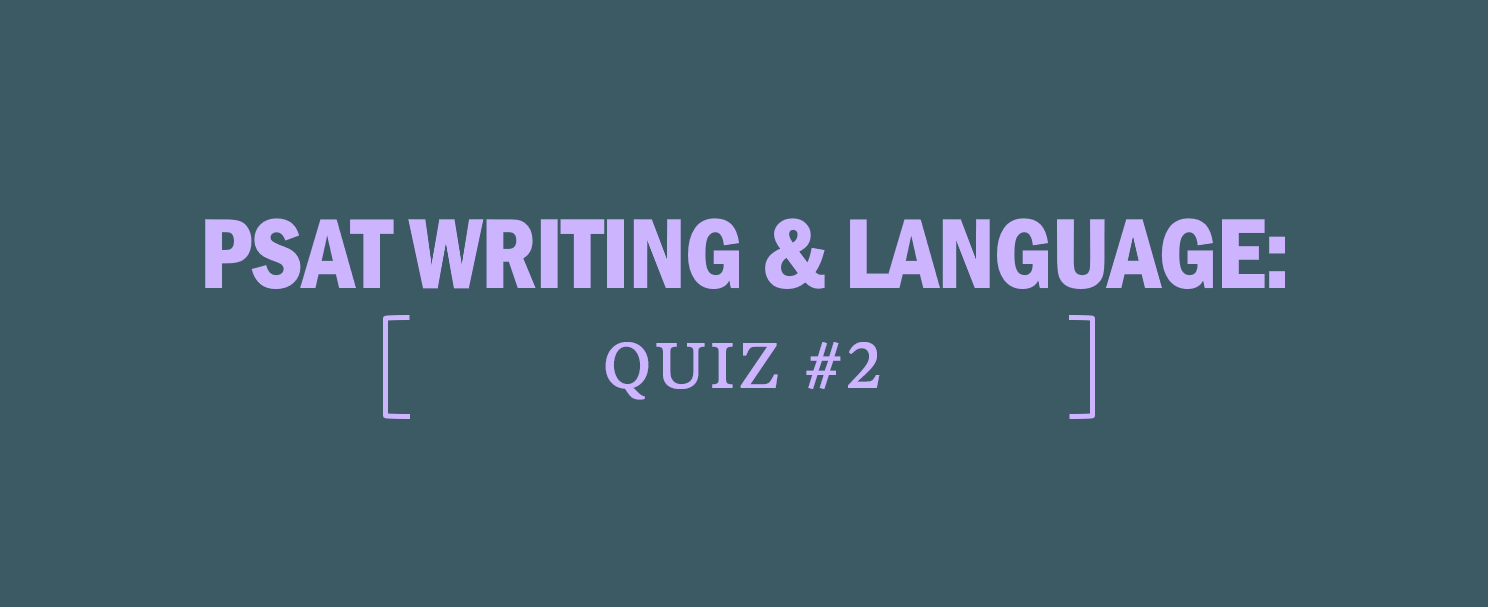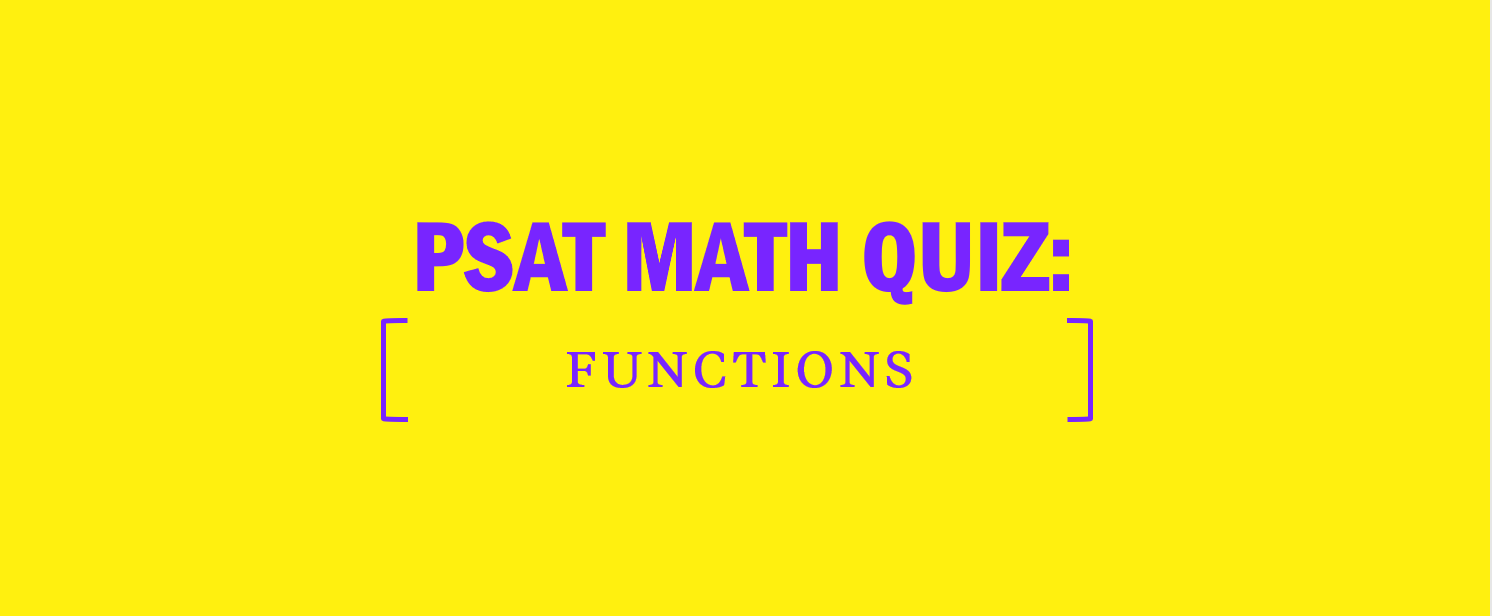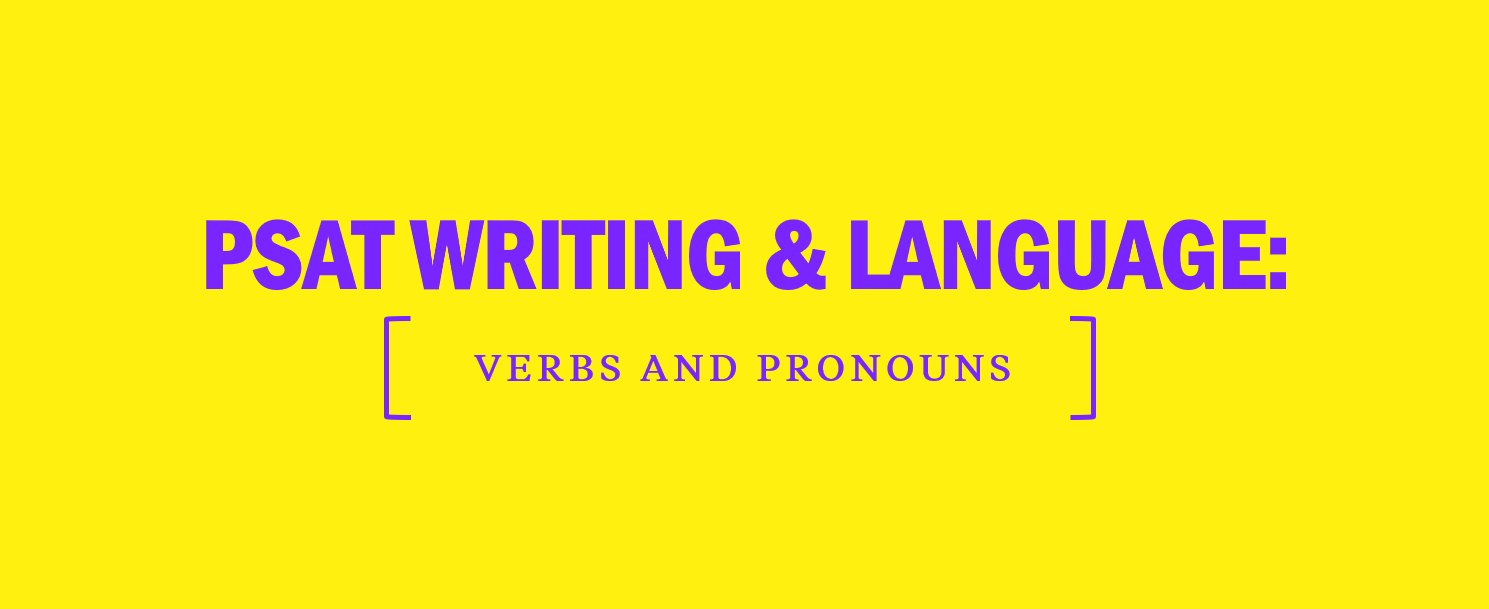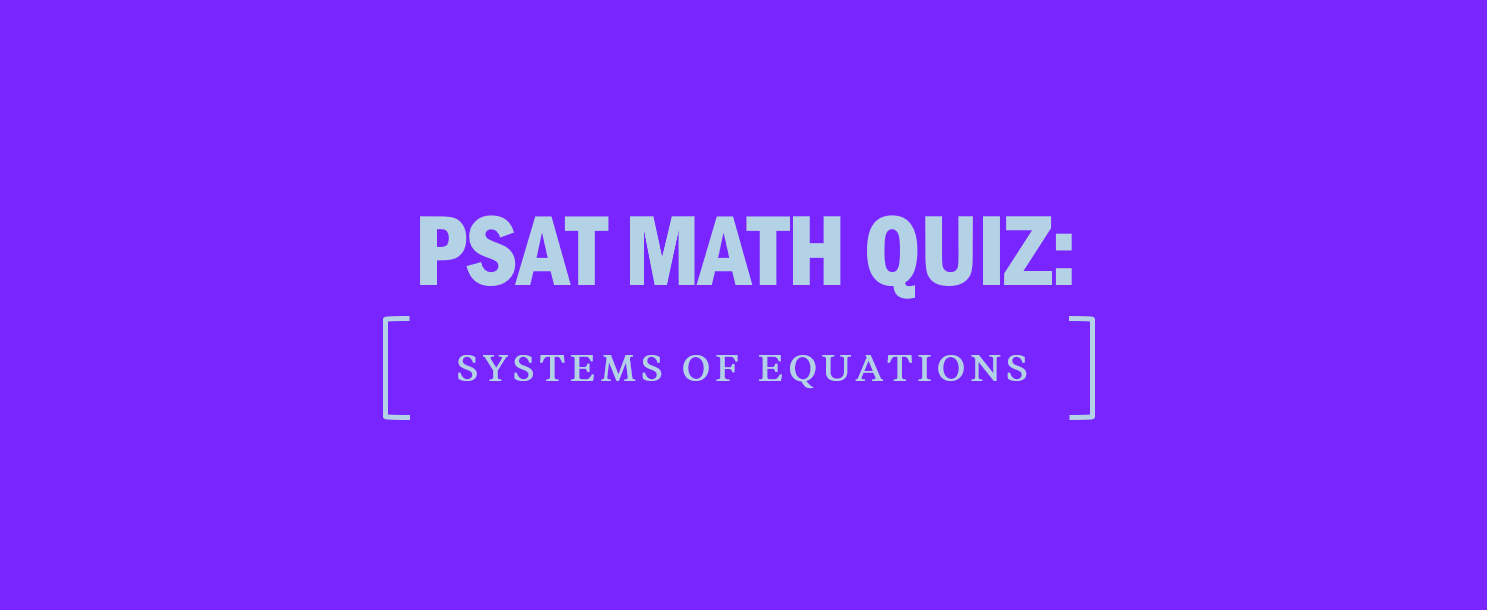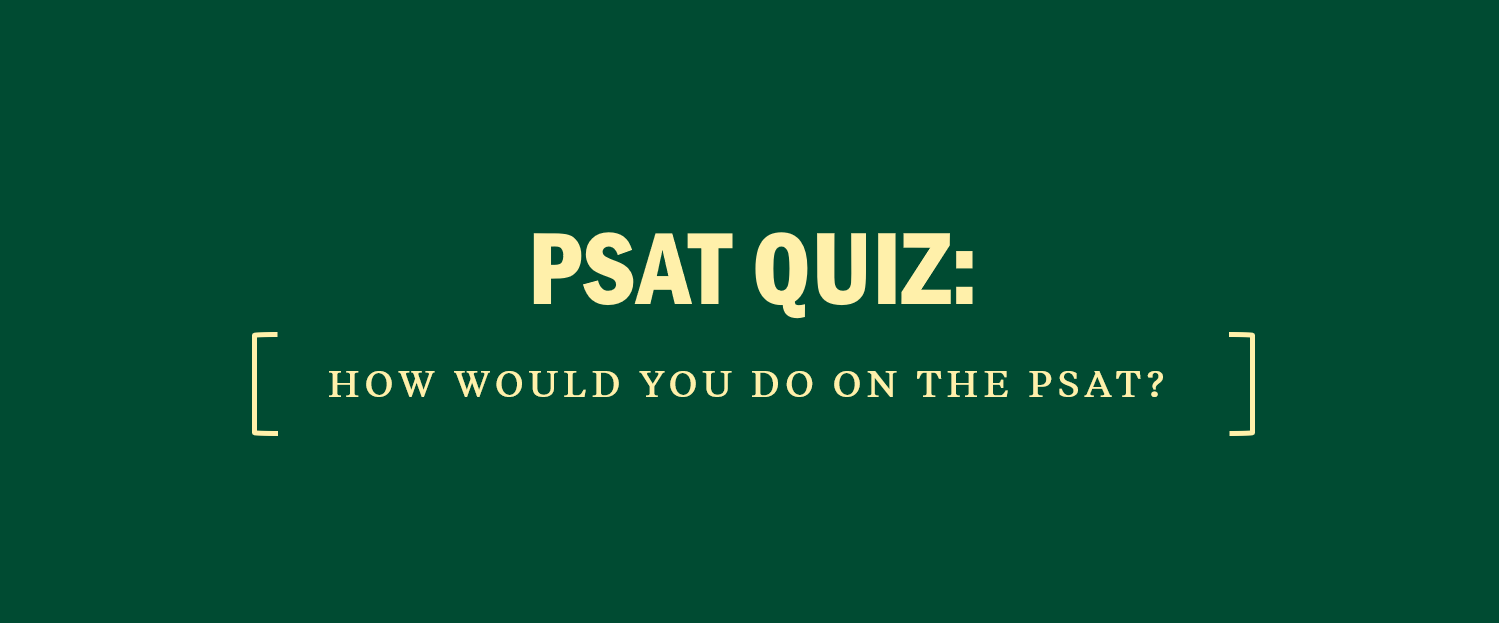NEW: PSAT Writing and Language Quiz
Test your PSAT readiness by taking this PSAT Writing and Language quiz!
Read the following passage. For each question, look to the corresponding number in the passage and determine what corrections, if any, should be made to the underlined text.
One shudders to contemplate Michelangelo’s reaction if he were to gaze up today at the famous frescoes he painted on the ceiling of the Sistine Chapel over four centuries ago. A practical (1) man: he would no doubt be unsurprised by the effects of time and environment on his masterpiece. He would be philosophical about the damage wrought by mineral salts left behind when rainwater leaked through the roof. He would probably also accept the layers of dirt and soot from coal braziers that heated the chapel and from candles, and incense burned during religious functions. However, he would be appalled by the ravages recently inflicted on his work by restorers.
The Vatican restoration team reveled in inducing a jarringly colorful transformation of the frescoes with special, cleaning solvents and computerized analysis equipment. However, the restorers did not achieve this (2) effect as they claimed merely by removing the dirt and animal glue (employed by earlier restorers to revive muted colors) from the (2) frescoes: the team removed Michelangelo’s final touches as well. Gone from the ceiling is the quality of suppressed anger and thunderous pessimism so often commented upon by admiring scholars. That quality was not an artifact of grime, not a misleading monochrome imposed on the ceiling by time, for Michelangelo himself applied a veil of glaze to the frescoes to darken them after he had deemed his work too bright. The master would have felt compelled to add a few more layers of glaze had the ceiling radiated forth as it does now. The solvents of the restorers (4) stripped away the shadows of the frescoes, reacted chemically with Michelangelo’s pigments, and ultimately produced hues the painter never intended for his art.
Of course, the restorers left open an avenue for the reversal of their progress toward color and brightness. Since the layers of animal glue were no longer there to serve as (5) protection the atmospheric pollutants from the city of Rome gained direct access to the frescoes. Observers already noticed significant darkening in some of the restored work a mere four years after its completion. It remains to be seen whether the measure introduced to arrest this process: an extensive climate-control system—will itself have any long-term effect on the chapel’s ceiling.
Answer 1
C: As written, the colon is used improperly: a colon can follow an independent clause only. Eliminate (A). The words before the punctuation mark, “A practical man,” form an introductory phrase. An introductory phrase should be followed by a comma, so (C) is correct. (B) is incorrect because it runs the phrases together, and the use of the dash in (D) is incorrect for the same reason as is the colon in (A).
Answer 2
B: Remember that punctuation must be used to set off parenthetical information. In this sentence, the phrase “as they claimed” is parenthetical in the sentence—without this nonessential phrase, the essential idea of the sentence, “the restorers did not achieve this effect merely by removing the dirt … from the frescoes” still makes logical sense. Since punctuation must set off parenthetical information, (B) is correct because it is the only choice that uses a comma at both the beginning and the end of the phrase.
Answer 3
A: Analyze both the types of clauses and the relationship between their ideas to determine how they should be punctuated. The clause before the punctuation is an independent clause, a complete thought with subject-verb: “the restorers did not achieve.” The clause after the punctuation is also an independent clause with subject-verb: “the team removed.” The ideas of the clauses are closely related: the first sentence states that the “effect” was not “merely” the result of “removing the dirt and animal glue,” and the second sentence explains what else was done to achieve the effect (“remov[ing] Michelangelo’s final touches”). Since the part of the sentence before the punctuation is an independent clause and the second part helps to explain the first, a colon effectively punctuates these two closely related clauses, so (A) is correct. The other choices create run-on sentences by improperly joining two independent clauses.
Answer 4
A: Items in a series should be separated by commas. This series is lengthy, but the rule is the same. The underlined portion lists the things that the “solvents” did: “stripped,” “reacted,” and “produced.” These should be separated by commas, so (A) is correct. Semicolons, as in (C) and (D), are required only in series to separate groups of related items; when this occurs, the related items are separated by commas.
Answer 5
B: This sentence begins with a subordinating clause (“Since the layers … protection”). Because this clause is not a complete thought, it is a dependent clause that must be joined to the rest of the sentence with a comma, so (B) is correct. (A) runs the clauses together, while (C) and (D) punctuate the sentence as though it consisted of two independent clauses.
Previous: PSAT Writing and Language Quiz 1

